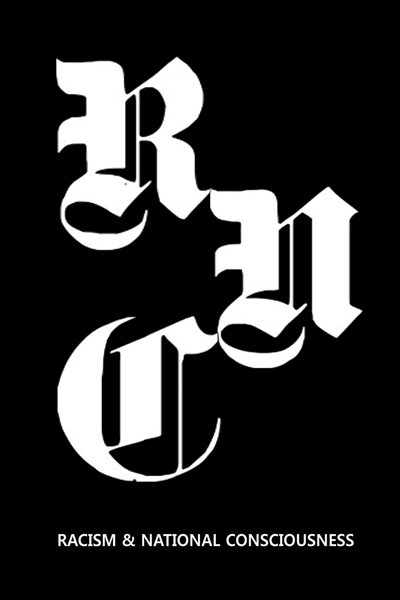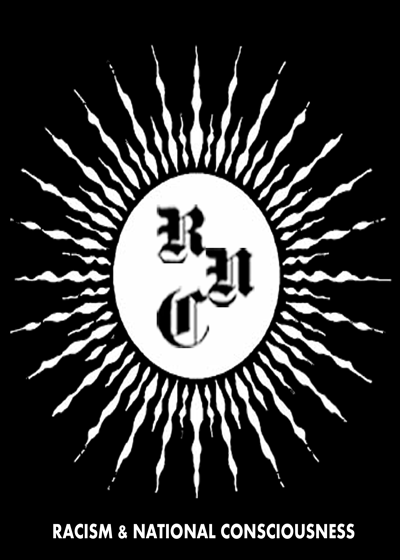
* * * * *
09 July 2009
Source: ZNet
The conflict over election results in Iran is moving into uncharted territories. Even before the results were announced, millions of voters from all walks of life had moved out of their homes, workplaces, classrooms, and the headquarters of reformist candidates to challenge the ruling conservative faction in the streets. If the factions sharing theocratic power have traditionally engaged in wheeling and dealing behind closed doors, millions of voters embarked on open, transparent street politics.
By the time voting was over, the conservative camp including the Supreme Leader Khamenei was in disarray. Khamenei tried to gain ground by hastily declaring incumbent president Ahmadinejad the winner. The street, again, turned into the site of resistance against “cheaters” and “liars,” including the highest ranking official in the Islamic theocracy, Khamenei, the vali-e faqih, i.e., the ruling jurisconsult, one who represents Allah on earth. Khamenei waited for the Friday prayer, the most important political gathering of the theocratic regime, to warn Iranians, in his sermon, to accept election results and to stop protesting.
Many observers compare the post-election events with the revolution of 1978-79, which led to the fall of the ancient monarchy and the formation of the current Islamic theocracy. While the presence of millions of protestors, the outpour of anger against the ruling faction, courageous acts of defiance, new bonds of camaraderie and solidarity, and much more are reminiscent of 1978-79, these developments can at best be seen as a “revolutionary situation,” which may or may not lead to revolution.
The upheaval is the result of a web of contradictions of which two have been most prominent. First is the exploding rift within the ruling theocratic regime. The factional conflict dates back to the early years of the Islamic regime although, in its current form, it is a battle between Khamenei’s conservatives supporting Ahmadinejad, and Rafsanjani, former speaker of parliament and president, who is behind the reformist front of Mousavi. At the centre of the conflict is the unequal division of power between the two sides, which gives the conservatives the upper hand, both economically and politically, in both domestic and international contexts. While the worldwide economic crisis has added to the conflict, the election of Obama and the apparent change in US foreign policy has uplifted the reformists. The conservatives, it is clear from Khamenei’s sermon, consider the reformist movement as nothing less than a “velvet revolution” orchestrated by the United States and aimed at removing them from the seat of power. The reformists treat the “rigged” election results as a coup d’etat. Since the conservatives are in firm control of civil and military administrations, it is difficult to call their tactic a coup d’etat.
Rafsanjani, an obscure cleric before the revolution, became prominent in the process of building Khomeini’s theocracy, assembled a financial empire, and is, now, known as the richest man in the country. His wealth and politics have earned him, in Iranian folk politics, the notorious nickname of Akbar Shah (his first name is Ali Akbar). Even here in Toronto, with a sizeable Iranian-Canadian community, rumors abound about his purchase of property including parts of Highway 407. He is, however, a shah without an army, and has been dethroned, step by step, by his rival faction. Rafsanjani is only one embodiment of the replacement of the old non-clerical monarchy by a new religious royalty. Many Iranians, not in the pay of government, have no interest in a political order constructed and run by the likes of Rafsanjani. Resentment against the theocratic order has led to the rise of a group of “religious intellectuals” who call for “Islam without clergymen,” “multiple readings of the Qoran,” and the separation of state and mosque.
The second, more significant, contradiction is the rift between Iranians and the ruling factions. This, too, dates back to the very beginning of the founding of the Islamic state. Women were the first targets of Islamization soon after Khomeini took power in February 1979. He then mobilized the army against the Kurds and other non-Persian peoples who demanded autonomy within a democratic republican regime. Meanwhile, the government resorted to violence in establishing its control over the universities and the print media. Then came the suppression of religious minorities including Baha’is, Jews, Christians and Zoroastrians. Many followers of the indigenous Iranian religion of Baha’ism were executed and those spared were required to publicly renounce their faith or be deprived of many rights, including education. Workers, including the urban and rural poor, have suffered in the growing gap between the rich and the poor. Thirty years after the revolution, epidemic levels of drug addiction, prostitution, poverty, and corruption as well as new problems such as street kids and trafficking of women distinguish theocratic Iran from the monarchical period.
If the rift between the people and the Islamic theocracy is, indeed, so unbridgeable, why have the two contradictions converged or, rather, intertwined in this round of elections? Why have women, students, youth, and workers who have suffered under both the conservatives and reformists rallied behind the reformists? Activists in the streets have provided answers to these questions. One obvious response is the lack of freedom to engage in overt political dissent against the regime. Some face this challenge by taking shelter behind the legality of sanctioned electoral politics; many just want to have a reformist president who may provide “a space to breathe.” This pragmatism can only subvert political activism to the interests of the two factions. If youth, the radicalizing students, and women’s movements are fed up with theocratic rule, the political representatives of the urban middle classes long for sharing political power with their rival faction. They hope to benefit from the growing conflicts within the conservative camp as well as the change of direction in the new Administration in Washington.
However, since the two contradictions are not of the same nature, their own relations constitute a contradiction. There is no reason to believe that this massive release of political dissent will remain within the confines of the reformism of the old guard. The alleged manipulation of election results has already left the bottle open – the genie is moving out. If conservatives feel threatened by, more than anyone else, masses in the streets, reformists feel unsafe without them. Once the streets are empty, Khamenei will be in a position to ignore the reformist camp including Mousavi, and prepare for new rounds of in-fighting. At the same time, if the theocracy is in danger, both factions will unite for the sake of survival.
The course of events is contributing to the untangling of the two contradictions; a revolutionary situation is emerging, one in which the ruling factions are in full disarray and can rule neither by bullets nor ballots. The ruled, too, are in the mood of revolt. What is wanting is revolutionary leadership, a political party with a vision, one that is able to lead the struggle step by step. This is a typical case in which subjective factors of revolution lag behind the objective conditions.
The fate of Iran’s theocracy is by no means of local or merely Iranian significance. This is not because of the concerns of the “international community” of capitalist states such as the United States, the European Union and Israel. Iran is the birthplace of the first major, secular, democratic revolution in the East which continued from 1906 to 1911. Revolutionary movements all over the world watched, supported, and were inspired by this revolution. Lenin, fascinated by events in Iran, noted that the proletariat in Europe had found an ally in the national liberation movements of the East. However, as Lenin himself predicted, the bourgeoisie of the East was not in a position to deliver its promises of democracy and independence. If revolutionaries saw in Iran prospects for a democratic future, Britain and, after WWII, the US, made use of Islam against these movements. In late twentieth century, it was in Iran that a new Islamic theocracy was established in the context of the Cold War and the rise of a new round of liberation movements.
Khomeini’s theocratic state-building was distinguished from those of Saudi Arabia and the Gulf region by its ties with a mass-based anti-monarchical revolution. He provided Islamist movements everywhere with the idea and practice of “Islamic government.” Unlike the Saudi theocracy, installed directly by Britain, Khomeini was indirectly supported by the US. However, if Iran is the birthplace of new theocratic statehood, it is also its burial ground. The present uprising, the last in a series of uninterrupted resistances, confirms again that thirty years of this theocracy has been long enough. Even if the present crisis fails to put an end to this episode in the prehistory of Iranian society, the struggle for history, for a better future, will continue.









